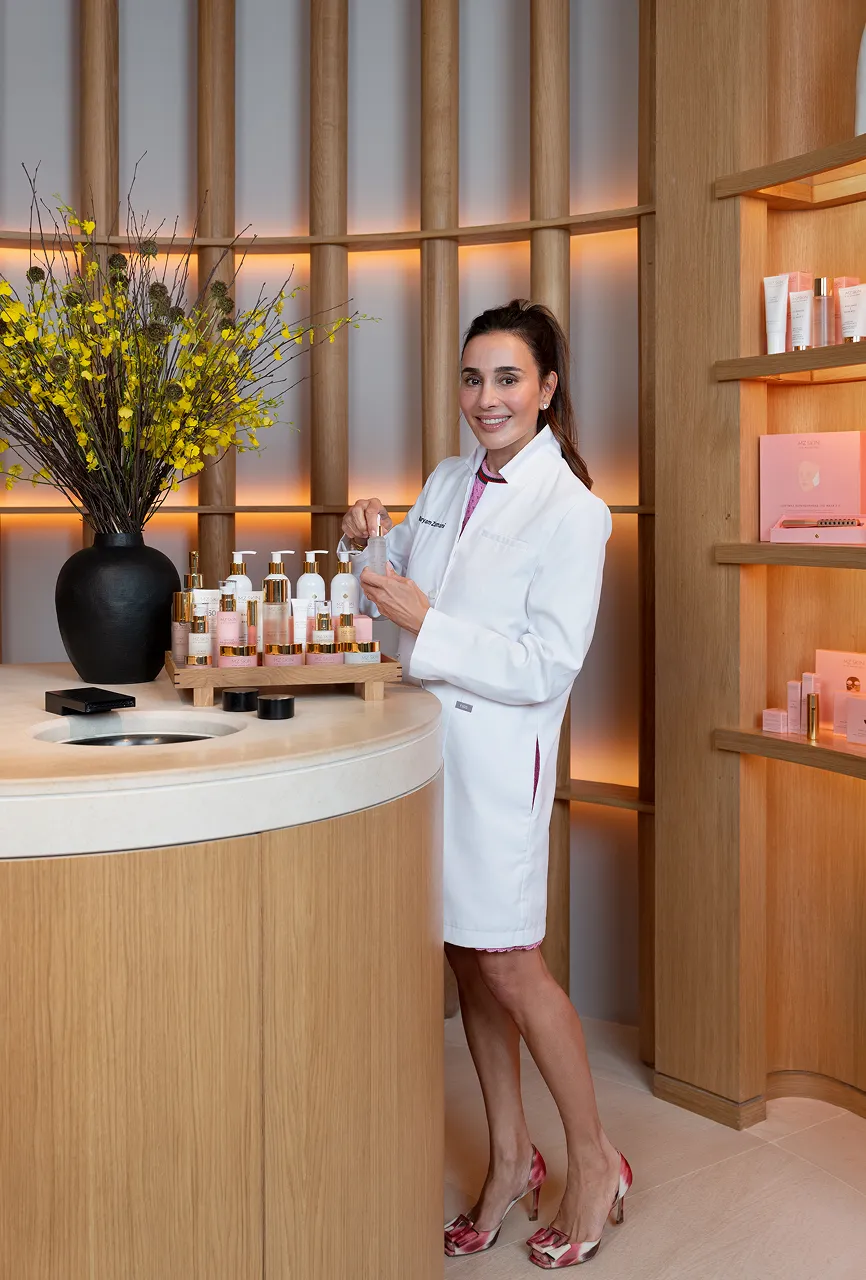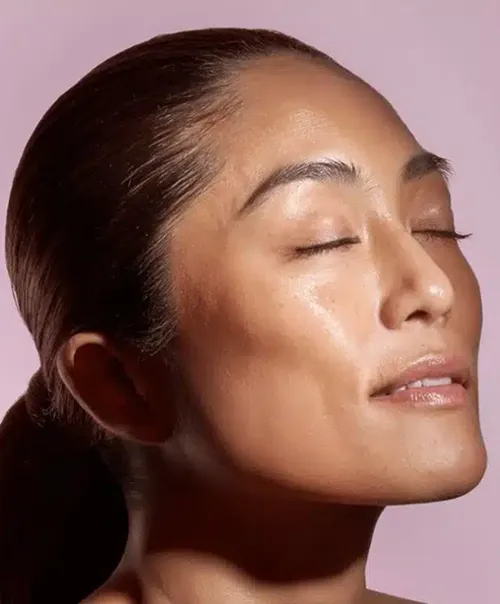Keratin
Keratin is the essential protein that forms the foundation of the skin’s outer layer. It provides durability, flexibility, and acts as a shield against environmental stress. Although not typically used in topical facial products, knowing its role is key to understanding how the skin barrier functions—and how imbalances in keratin production can lead to conditions like clogged pores or rough texture.
What is it?
Keratin is a strong, fibrous protein essential for the structure of skin, hair, and nails. In the skin, it forms part of the outermost layer of the epidermis, acting as a protective shield against environmental stress, water loss, and harmful microbes.
It’s produced by keratinocytes—specialised cells that move upward through the skin layers. As they rise, these cells die and harden, becoming packed with keratin. This process creates the stratum corneum, a layer of flattened, keratin-rich cells held together by lipids, forming the skin’s vital barrier.
Where is it used?
Keratin itself is rarely used in facial skincare because its large molecular size prevents it from penetrating the skin effectively. However, when hydrolysed—broken down into smaller components—it is often included in hair and nail products. In these formulations, it can help temporarily repair and smooth damaged strands or nail surfaces by filling in gaps, creating a healthier, shinier appearance.
In skin conditions like keratosis pilaris or psoriasis, keratin production can become irregular or excessive, causing a buildup of rough, bumpy, or flaky patches. These are typically treated with exfoliating agents like AHAs, BHAs, or urea, which help break down and remove the excess keratin, restoring smoother skin texture.
What does it do?
Keratin also contributes to wound healing, acting as part of the framework that supports skin repair. In healthy skin, keratin production and shedding occur in a regular cycle, renewing the outer layer approximately every four weeks.
To preserve this natural structure, it’s essential to maintain a strong skin barrier—avoiding excessive exfoliation, using moisturisers to restore lipids, and protecting the skin from UV damage. Though keratin reinforces and protects the skin, it’s most effective when the skin barrier remains balanced and intact.
Testimonials
Trustindex rating score: 4.7 of 5, based on 222 reviews
Book Consultation
As a leading Oculoplastic Surgeon with special interest in Facial Aesthetics, Dr. Maryam Zamani has garnered a global reputation - both in the US and UK - for her meticulous attention to detail and sought-after techniques for eyes and facial aesthetics.
Find The Clinic by Dr Maryam Zamani in the heart of Chelsea
Located on the Kings Road, our clinic is easy to reach from Chelsea, Kensington, Belgravia, Knightsbridge, South Kensington, Fulham and Battersea. We are positioned just moments from Sloane Square with excellent transport links across Central and South West London.
Book Now.avif)




